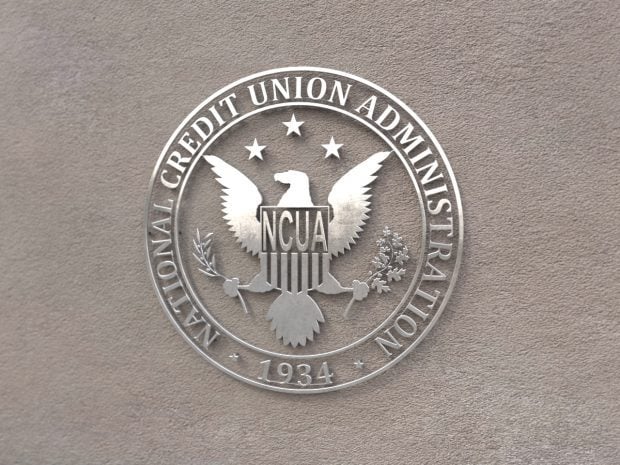Throughout 2016, internal fraud cases have shocked and baffled many in the credit union industry, in part because the schemes went undetected for many years.
CU Times asked three fraud experts to review five of the most confounding cases and provide insights into what can be learned from them in an effort to help credit union executives spot the red flags – and stop fraud before it's too late.
While many credit unions are aware that they need to leverage, among other things, a variety of internal controls, separation of duties, surprise cash counts and account monitoring, employee behaviors can also foretell signs of trouble.
Recommended For You
For example, Donna Jennings, former president/CEO of the merged $12.2 million Winchester Community Federal Credit Union in Winchester, Va., is serving four and half years in federal prison for embezzling more than $1 million to buy real estate and pay $600,000 in credit card bills that resulted from a QVC shopping obsession.
Even though Jennings acknowledged that her shopping sprees were out of control, she emphasized during her court-ordered psychological therapy sessions that she was a very controlling person.
Very controlling executives or employees could be a warning sign for board members and supervisory board members, especially if an executive or employee never takes time off, according to David Legge, president of the Manassa, Va.-based Legge Group, which investigates internal fraud cases for credit unions and other businesses.
"Every credit union should have a mandatory vacation policy for all employees," he noted. "And you also should make sure someone is doing that person's job and not letting the work pile up."
Someone else needs to be doing those duties because it can uncover problems.
Fraud experts also said boards should be concerned when executives or employees make too many excuses for not producing information or performing tasks.
Although credit unions may view the vast majority of their staff as honest people, it is important to always perform verifications even for the most trusted employees.
"When you become complacent and you stop paying attention is when you become a victim," internal fraud expert Christopher J. Pippett, a partner at the law firm Fox Rothschild LLP in Exton, Pa., said. "That doesn't mean you have to have your people under 24-hour surveillance, but you need to regularly check and verify all of these things."
Read more insights from experts about detecting and preventing internal fraud in the Aug. 3, 2016 edition of CU Times.
Can your cybersecurity strategy handle an attack? Do you have the latest tools and techniques to prevent fraud and data breaches?
Get them at our two-day conference Fraud: Don't Let It Happen To Your Credit Union Oct. 11-12 at the Sheraton Dallas. Plus you'll also learn strategies for responding in the immediate aftermath and best practices for restoring reputation, financial stability and information security. Save $150 and Register Now!
© 2025 ALM Global, LLC, All Rights Reserved. Request academic re-use from www.copyright.com. All other uses, submit a request to [email protected]. For more information visit Asset & Logo Licensing.








